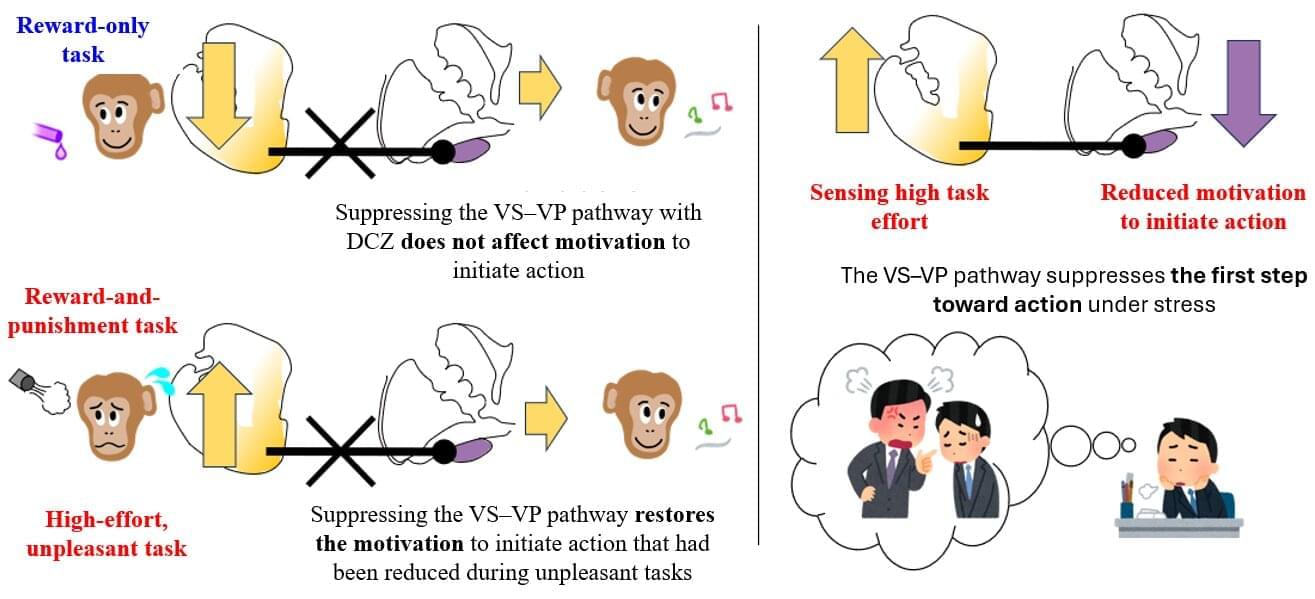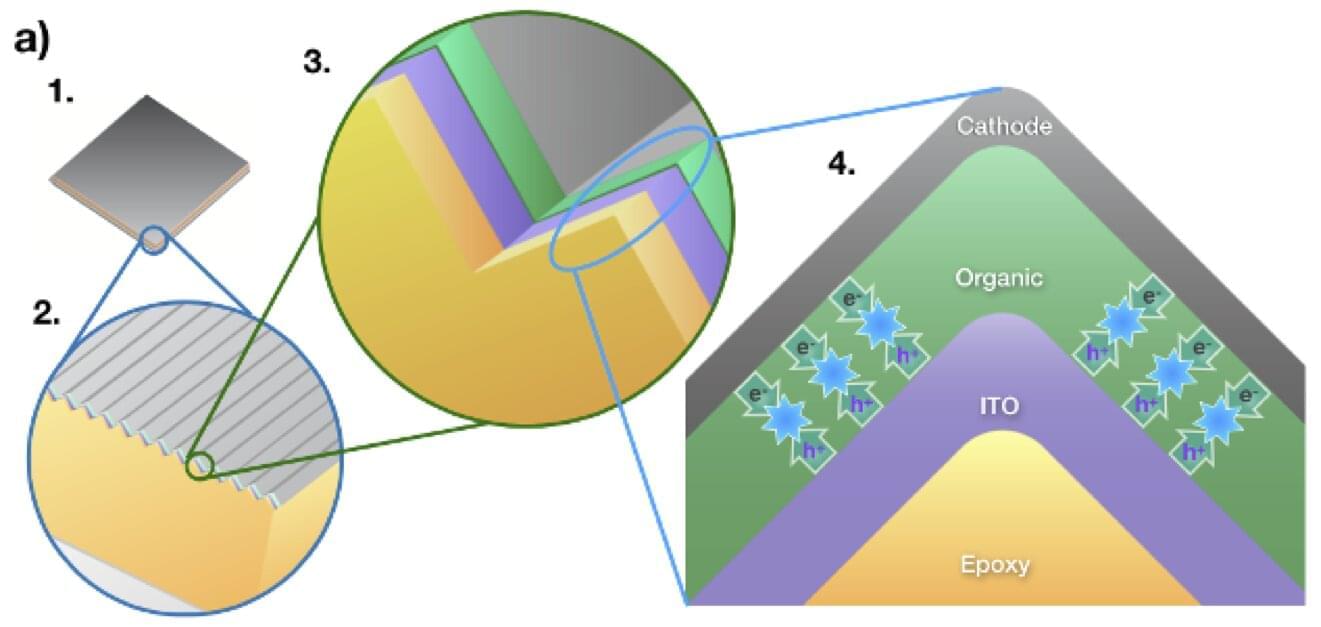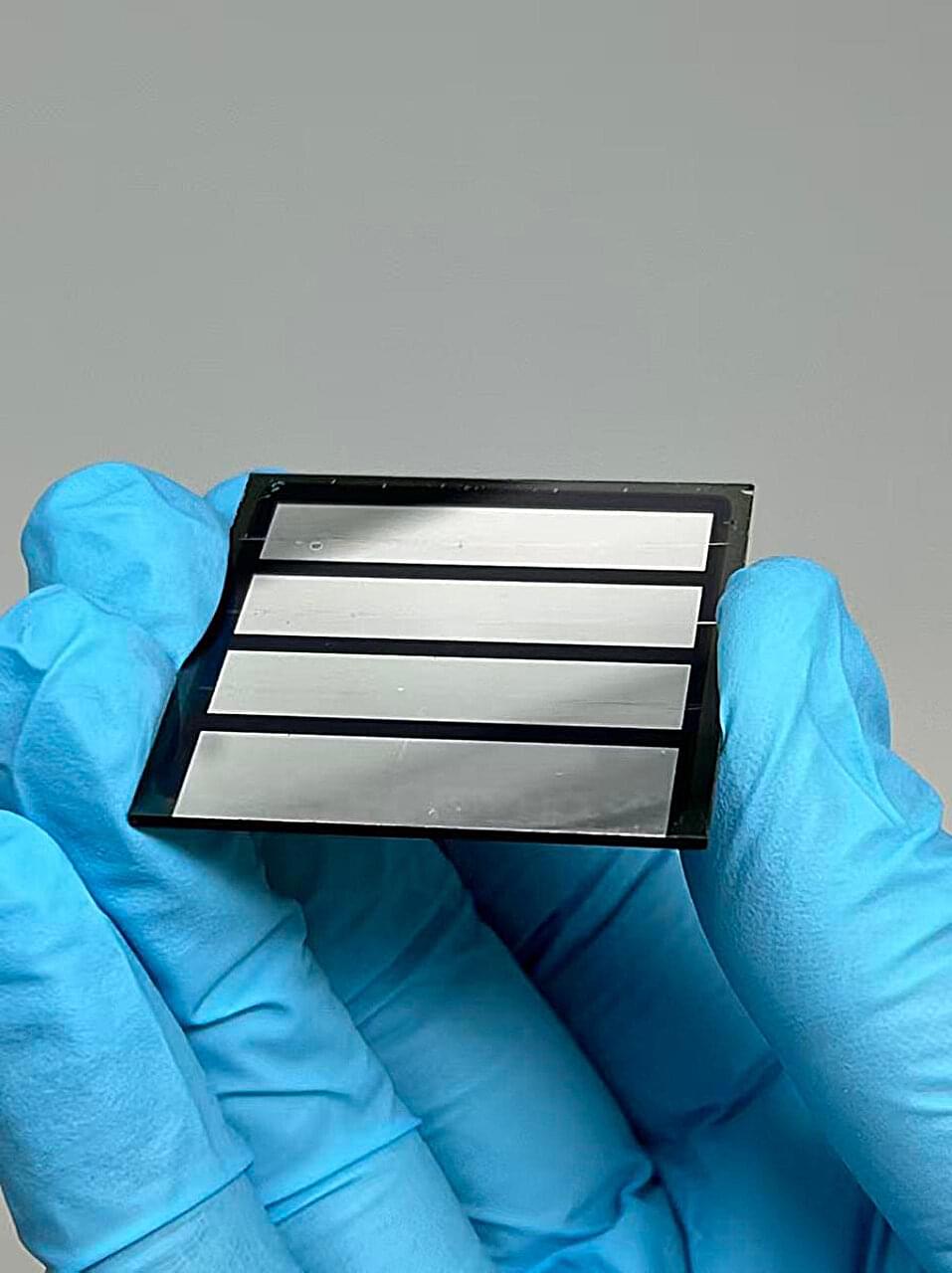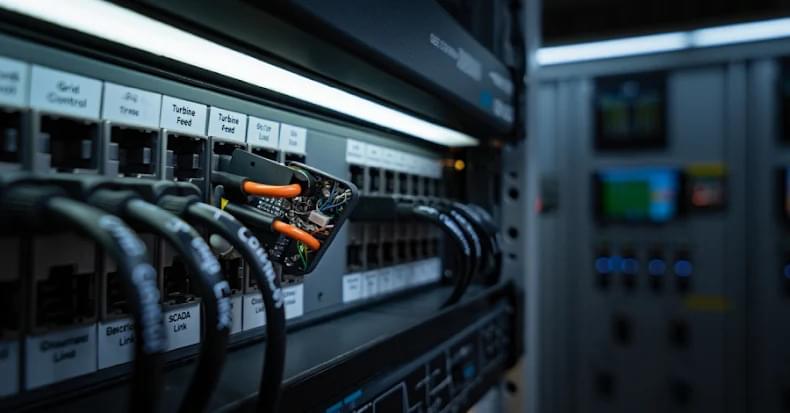Most of us know the feeling: maybe it is making a difficult phone call, starting a report you fear will be criticized, or preparing a presentation that’s stressful just to think about. You understand what needs to be done, yet taking that very first step feels surprisingly hard.
When this difficulty becomes severe, it is known medically as avolition. People with avolition are not lazy or unaware: they know what they need to do, but their brain seems unable to push the “go” button.
Avolition is commonly seen in conditions such as depression, schizophrenia, and Parkinson’s disease, and it seriously disrupts a person’s ability to manage daily life and maintain social functions.









